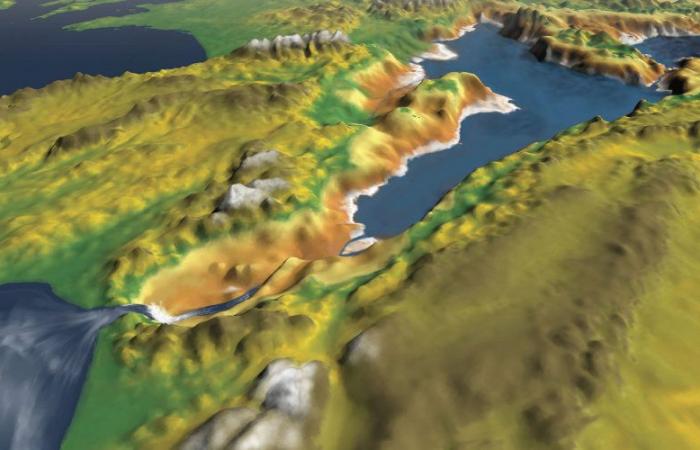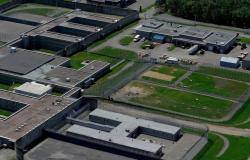The phenomenon occurred between 5.97 and 5.33 million years before Christ, at the end of the Miocene, recall the authors of the study, explaining that the closure of the strait, caused by the movements of the plates tectonics, led to a reduction in water exchanges between the Mediterranean and the Atlantic Ocean, and in turn, a concentration of salts in the sea. Named “Messinian salinity crisis”, in reference to the Italian city from Messina, this phenomenon affected the bottom of the Mediterranean which was “covered with a layer of salts up to 2-3 km thick”, reaching one million cubic kilometers, explains in a statement to the press, Giovanni Aloisi, CNRS researcher, geochemist at the Institute of Globe Physics, and director of the study.
The significant drop in sea level caused by this episode continues to be the subject of debate. “Some hypotheses said that the level of the Mediterranean had practically not fallen, others that the sea had almost emptied,” underlines Aloisi. The analysis of chlorine isotopes contained in salts extracted from the bottom of the Mediterranean shows that this crisis took place in two phases. During the first, about 35,000 years ago, the Mediterranean was “full of water, as it is now”, but the narrowing of the strait “made the exit of salt water to the Atlantic a little more difficult”, which caused an accumulation of salts in its eastern part and making the sea brackish, explains Aloisi.
Read: Gibraltar: a time bomb under the Atlantic?
During the second phase, which lasted about 10,000 years, the strait “completely closed”, the Mediterranean “separated” from the Atlantic and water exchange with the ocean stopped. , adds the researcher, adding that the accumulation of salts led to a drying of the sea which lost 70% of its water volume. The situation remained like this until the reopening of the Strait of Gibraltar, notes Aloisi, stressing that this crisis had negative impacts on the landscape and biodiversity of the Mediterranean. “Only micro-organisms can live at such levels of salinity,” observes the researcher, revealing that the drying up of the sea would even have led to the formation of a land bridge connecting Africa and Europe in the western part, which would have allowed “the colonization of the Balearic Islands by mammals”, notably goats, rodents and rabbits, according to previous studies.
The drop in sea level would also have affected atmospheric circulation over the Mediterranean basin and caused an increase in volcanic activity in the region. “70% of the volume of the Mediterranean represents an enormous mass of water, which exerts pressure on the lithosphere,” explains the director of the study.






